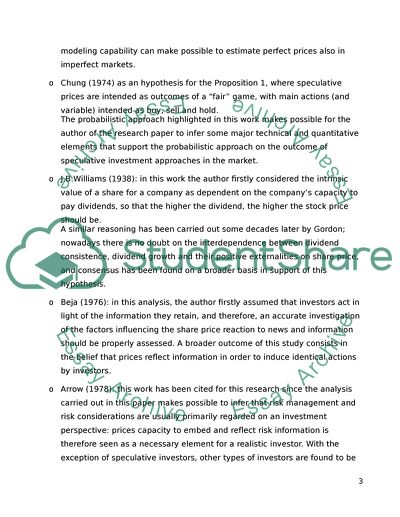Cite this document
(“Speculative investor behavior in a stock market with heterogeneous Book Report/Review”, n.d.)
Speculative investor behavior in a stock market with heterogeneous Book Report/Review. Retrieved from https://studentshare.org/finance-accounting/1619278-speculative-investor-behavior-in-a-stock-market-with-heterogeneous-expectations
Speculative investor behavior in a stock market with heterogeneous Book Report/Review. Retrieved from https://studentshare.org/finance-accounting/1619278-speculative-investor-behavior-in-a-stock-market-with-heterogeneous-expectations
(Speculative Investor Behavior in a Stock Market With Heterogeneous Book Report/Review)
Speculative Investor Behavior in a Stock Market With Heterogeneous Book Report/Review. https://studentshare.org/finance-accounting/1619278-speculative-investor-behavior-in-a-stock-market-with-heterogeneous-expectations.
Speculative Investor Behavior in a Stock Market With Heterogeneous Book Report/Review. https://studentshare.org/finance-accounting/1619278-speculative-investor-behavior-in-a-stock-market-with-heterogeneous-expectations.
“Speculative Investor Behavior in a Stock Market With Heterogeneous Book Report/Review”, n.d. https://studentshare.org/finance-accounting/1619278-speculative-investor-behavior-in-a-stock-market-with-heterogeneous-expectations.


